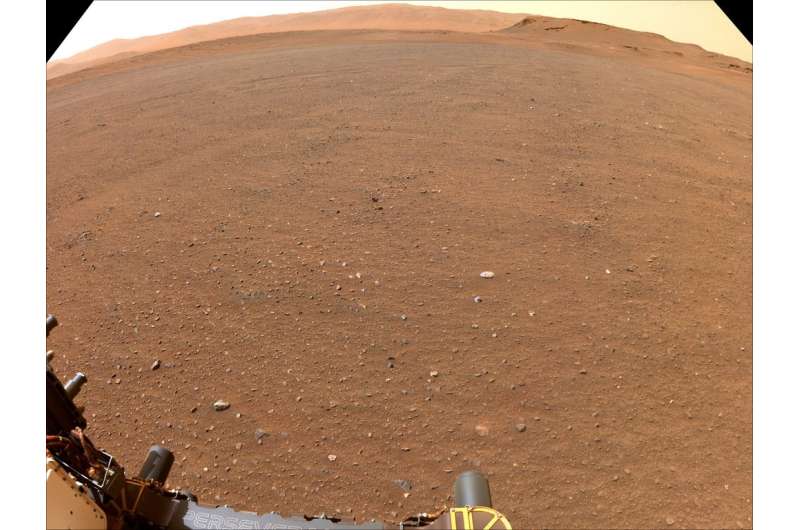The sites being scouted are under consideration because of their proximity to the delta and to one another, as well as for their relatively flat, lander-friendly terrain.
Mars Sample Return is a historic endeavor that would retrieve and deliver samples of that faraway terrain for intensive study in laboratories on Earth to look for signs of past microscopic life on the Red Planet. The strategic partnership between NASA and ESA (European Space Agency) would involve multiple spacecraft, including a rocket that would launch from the surface of Mars.
Engineers planning a Mars landing prefer to work with flatter ground because rocks and an undulating surface are harder to land on. With that in mind, the MSR Entry, Descent, and Landing team is looking for a pancake-flat landing zone with a 200-foot (60-meter) radius.
"The Perseverance team pulled out all the stops for us, because Mars Sample Return has unique needs when it comes to where we operate," said MSR Program Manager Richard Cook of NASA's Jet Propulsion Laboratory in Southern California. "Essentially, a dull landing place is good. The flatter and more uninspiring the vista, the better we like it, because while there are a lot of things that need to be done when we arrive to pick up the samples, sightseeing is not one of them."

Flat-out inspirational
The first stage of MSR is already in progress: Perseverance has cored, collected, and sealed nine samples of Mars rock to date. The ninth, collected on July 6, is the first from Jezero Crater's ancient river delta. The plan is for Perseverance to drop (or cache) sample tubes on the surface to await later retrieval during MSR surface operations.
Choosing an area that lacks large rocks (especially those over 7 1/2 inches, or 19 centimeters, in diameter), sand dunes, and steeply angled terrain would go a long way toward easing the path for an MSR recovery vehicle to efficiently grab tubes before heading to the MSR Sample Retrieval Lander and its Mars Ascent Vehicle.
Landing strip
The MSR team calls the area they've been looking at the "landing strip" because—at least from images taken from spacecraft in orbit—it appears to be as flat and long as a runway. But they needed a rover's-eye-view for a closer look.
"We had been eyeing these locations since before Perseverance's landing, but imagery from orbit can only tell you so much," said Al Chen, Mars Sample Return Systems Engineering & Integration manager at JPL. "Now we have some up-close-and-personal shots of the landing strip that indicate we were right on the money. The landing strip will more than likely make our shortlist of potential landing and caching sites for MSR."



